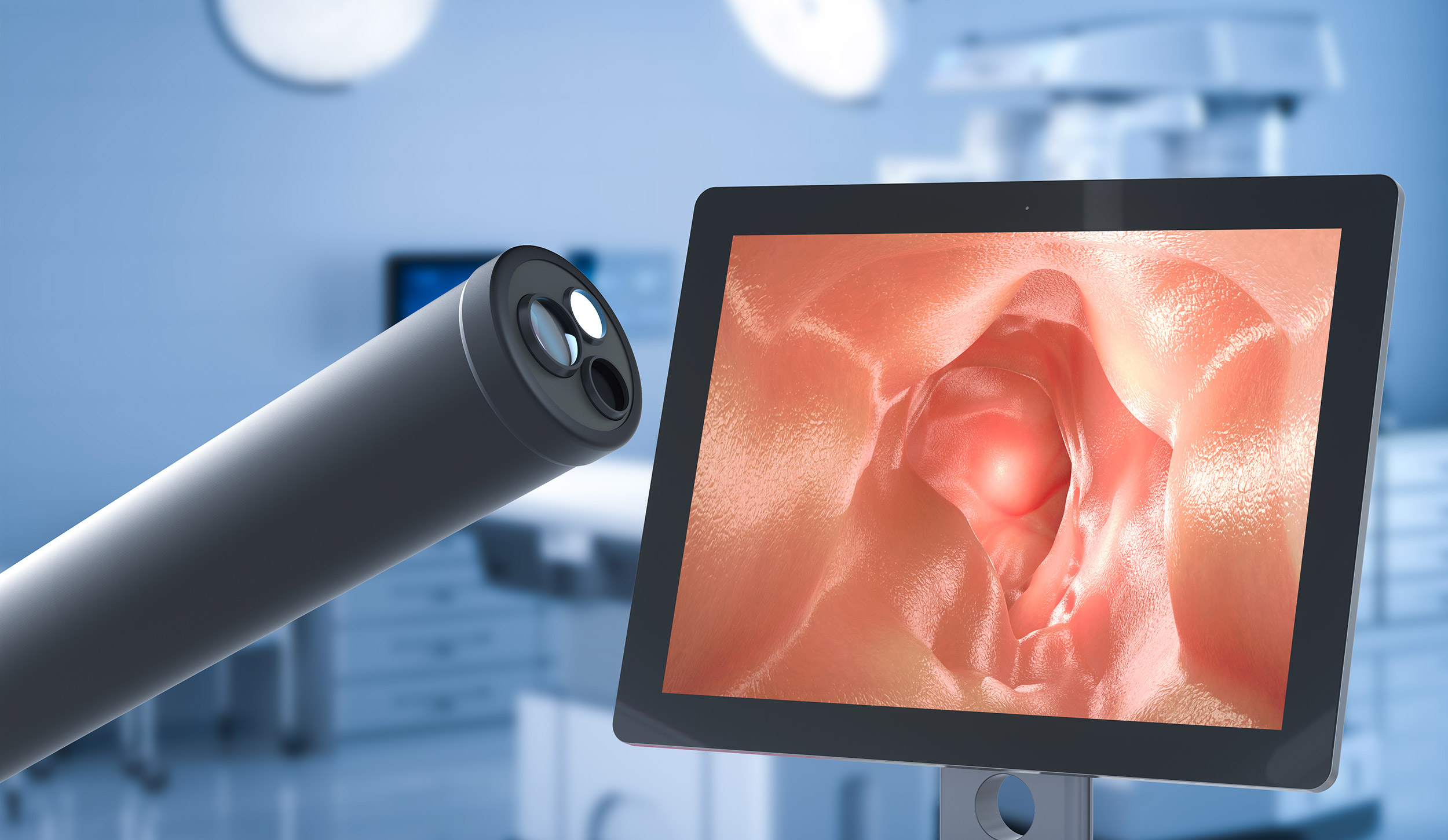
A new, highly anticipated update to standards for reprocessing reusable endoscopic medical devices classifies flexible endoscopes — including duodenoscopes, bronchoscopes, ureteroscopes, cystoscopes, and others — as "high-risk," necessitating sterilization rather than high-level disinfection to rid the scopes of contaminants that could harm patients.
The document, ANSI/AAMI ST91:2021, Flexible and semi-rigid endoscope processing in health care facilities, states that high-level disinfection (HLD) may not “reliably inactivate” certain types of microorganisms. All flexible endoscopes should undergo sterilization to lower the risk of biofilm formation and enhance patient safety, according to the updated guidance from the Association for the Advancement of Medical Instrumentation (AAMI). Cleaning verification tests should be performed after each use of these scopes.
Other updates include revisions to guidance on disinfecting and sterilization, drying, and storage of flexible endoscopes, as well as suggested quality control procedures.
AAMI’s ST91 committee, which revised the standards, “recognizes that transitioning from HLD to sterilization as the standard of care will take time in terms of the endoscope and sterilizer manufacturers implementing necessary technological advances and for healthcare facilities to provide the budgetary and site accommodations” to implement changes, according to Susan Klacik, who wrote an extensive summary of ST91.
While the standard does not yet mandate sterilization, it “recommends healthcare facilities begin making the necessary steps toward sterilization for flexible endoscopes.”
Mary Ann Drosnock, director of clinical affairs at Healthmark Industries, calls ST91 — which she took part in crafting — a replacement rather than an update, adding it’s been “changed head to tail.”
“It's definitely going to cost more money to process scopes and it's definitely going to take more time when you're following this new standard, but we have to make sure we're doing everything for our patients,” Drosnock said on the Beyond Clean podcast. “We still see tons of reports of infections related to these devices, so we know we have to do a better job with reprocessing. And that's what ST91 is about.”
Mitigating the risk of exposure to improperly reprocessed endoscopes requires proper handling from point of use through all cleaning steps to transport for use. For that reason, the updated standards call for formal training and competency verification ahead of a technician’s first solo reprocessing assignment, as well as certification for all personnel in flexible endoscope processing. Staff should retain this certification for the duration of employment.
ST91 — developed by the AAMI Endoscope Reprocessing Working Group with help and support from the AAMI Sterilization Standards Committee — also recommends establishing a multidisciplinary team to select cleaning chemicals, materials, and equipment. Cleaning schedules for high-touch objects and surfaces such as shelves and endoscope storage cabinets should be adhered to.
Other updates cover:
Additionally, ST91 calls for monitoring HVAC systems and water quality for automated endoscope reprocessors. Three decontamination sinks are preferred but not required and the update offers ergonomic suggestions. Ergonomic cabinets should be at least three feet from the sinks.
Single-use biopsy port caps and valves should be used when available and reusable ones ought to undergo sterilization or HDL after use.
In the Beyond Clean podcast, Drosnock shed additional light on the intentionality of the language used throughout ST91. The word “should,” for example, implies a recommendation based on science, whereas “shall” represents a requirement that must be met for a department to claim compliance to the guidelines.


